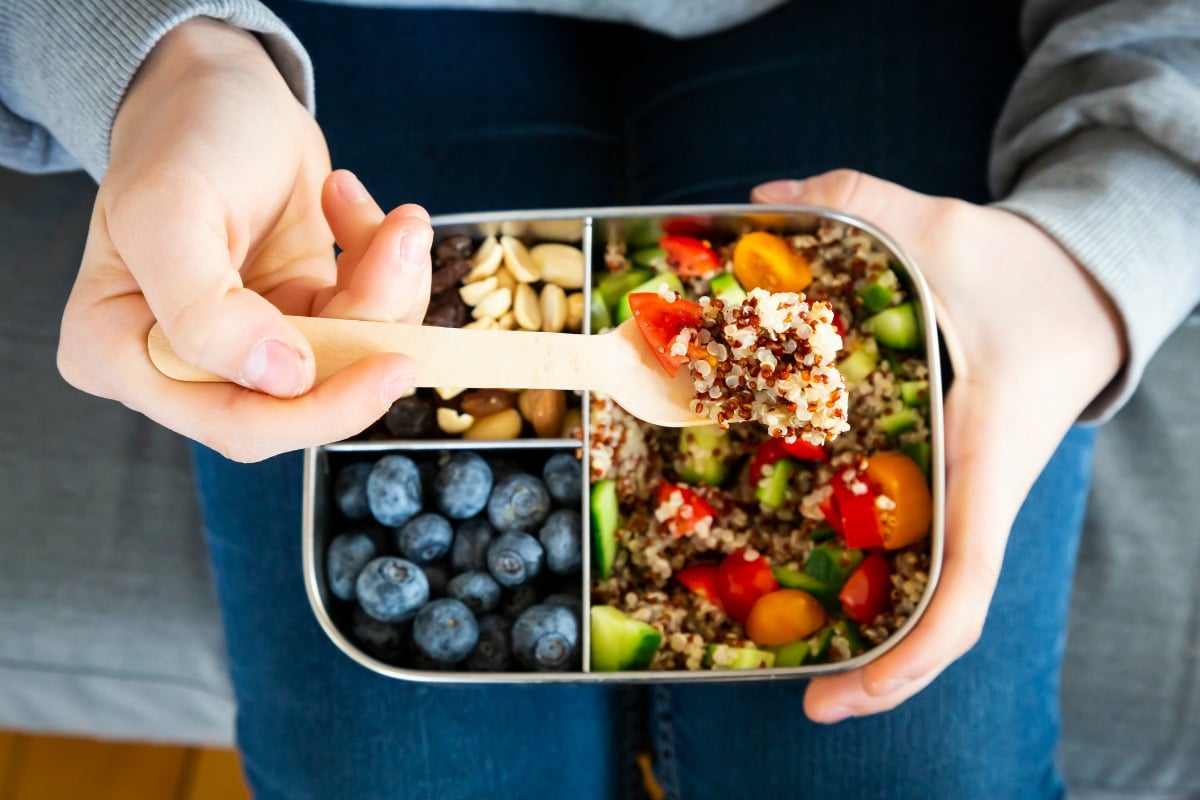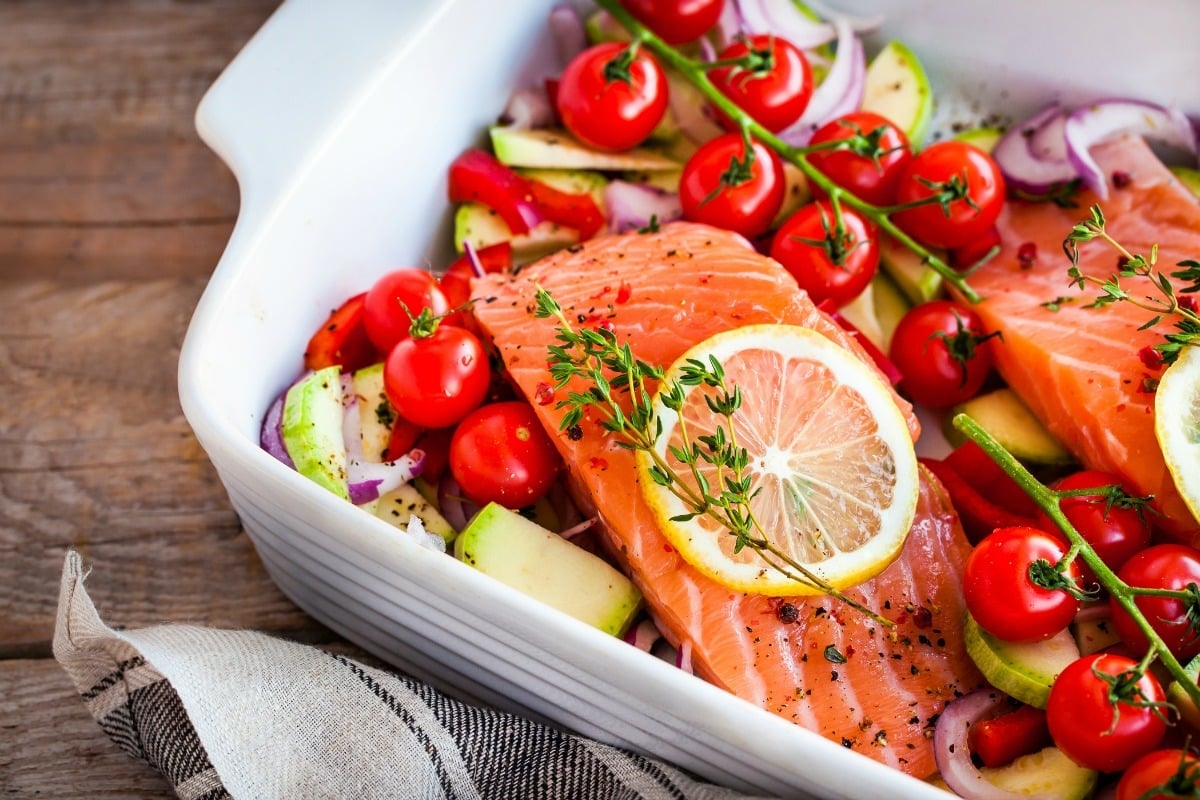
If you were looking forward to indulging your cravings for hot chips and tubs of cookie dough ice cream during your pregnancy, we have some bad news. Avoiding junk food has never been more crucial.
“I always tell my mums that pregnancy is the most important time of your whole life to eat well,” dietitian Melanie McGrice tells Mamamia. “It doesn’t just impact on you and your nutrition, it can also impact the genetic programming of your baby for their whole future health.”
Research suggests that what a woman eats before she conceives, while she’s pregnant and breastfeeding and what she feeds her baby in the first couple of years can all help program that child’s genetics.
“It can impact their life in many ways, from their brain development to their mental health to their risk of chronic diseases to their immunity to their gut microbiome and much, much more,” McGrice adds.
Not only does a woman have to be careful of what she eats during pregnancy, she has to be careful not to eat too much. The idea of “eating for two” was ditched long ago. McGrice says in the first trimester, a woman shouldn’t be consuming any extra calories. In the second and third trimesters, she only needs the equivalent of two extra slices of bread a day.
Melbourne obstetrician and gynaecologist Dr Peter Jurcevic says the thinking on how much weight women should gain during pregnancy has changed.
“In years previous, we used to weigh women at every visit,” he tells Mamamia. “We were very particular about wanting to see incremental increases in weight.”
Nowadays, it’s recommended that women’s weight gain in pregnancy should be in proportion to their starting body mass index. Underweight women are advised to gain more weight than overweight women. It’s currently suggested that women with a BMI under 18.5 should gain 12-18kg, while women with a BMI over 30 should only gain 5-9kg.

Top Comments
The article says don't eat feta and the first recipe has.. feta?
It's cool, it's the substitute - 'I Can't Believe it's not Feta'.